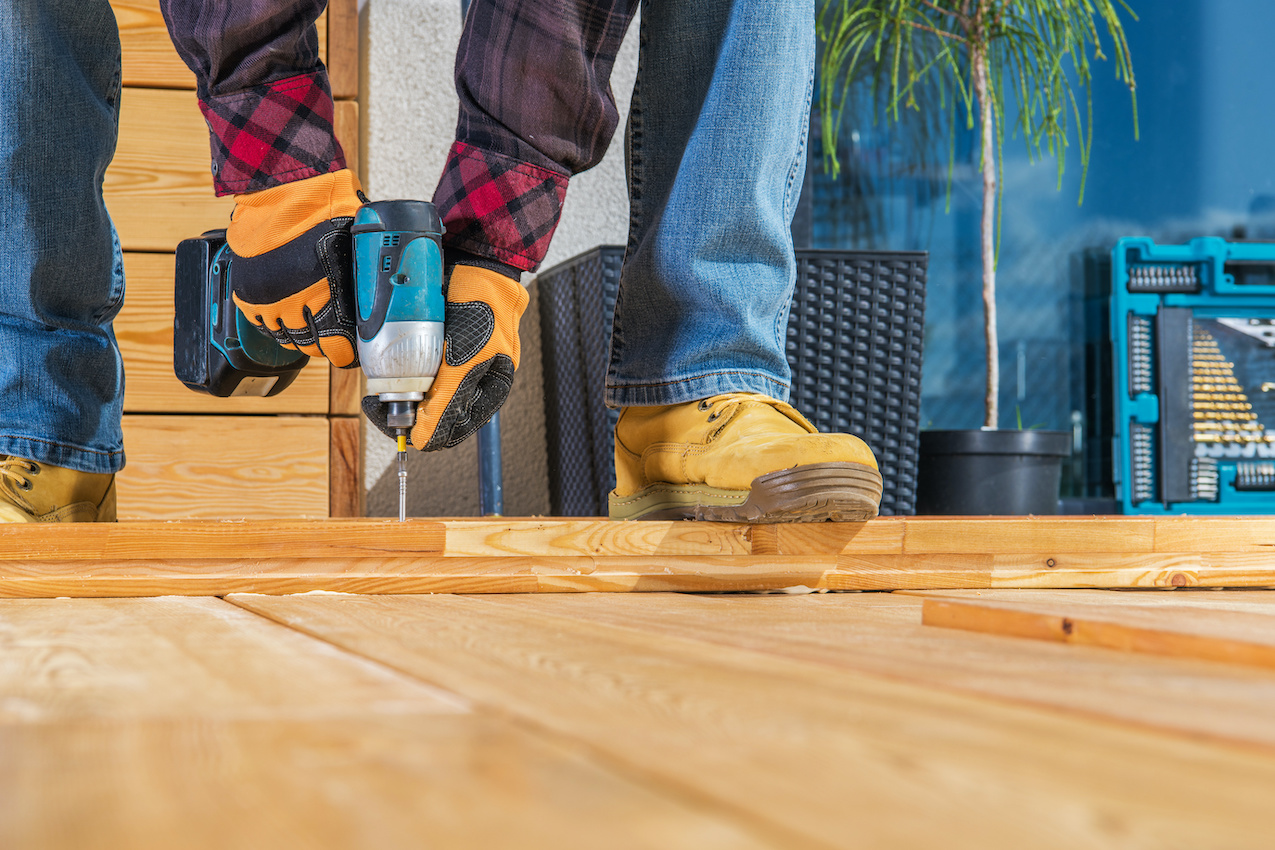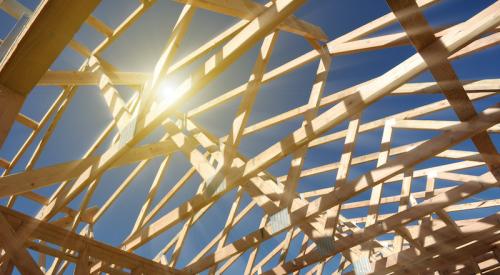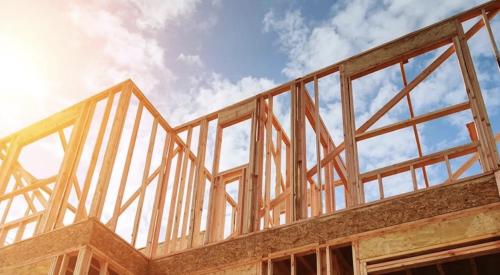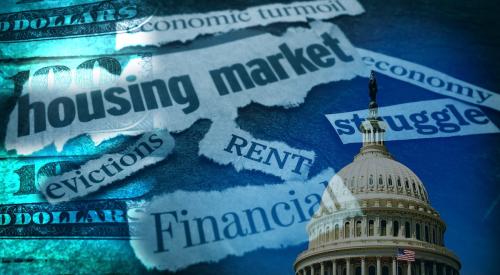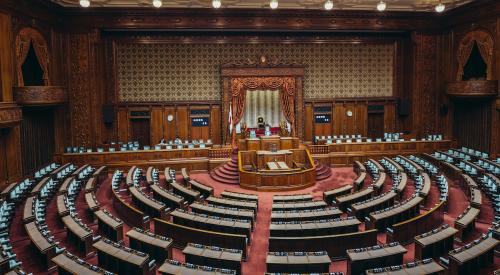Beginning in April, home builders have pleaded with the government to ease the import tariff on lumber as the material’s price skyrocketed, hurting housing affordability. The U.S. Commerce Department has now reduced duties on shipments of Canadian lumber into the U.S., cutting tariffs by more than half, helping to ease the strain from the 60% lumber price increases. The price of lumber peaked in September and increased the average home price by thousands. Tariffs dropped from 20% to 9%, but NAHB Chairman Chuck Fowke says more needs to be done for long-term stability.
This latest development on the tariff front comes at a particularly opportune time, with the Random Lengths Framing Composite Price moving lower since mid-September but still up more than 60% since mid-April.
Lower tariffs would mitigate uncertainty and associated volatility that has plagued the marketplace, which could help ease upward price pressure on lumber prices.
Another positive development is that housing construction and new home sales have moved forward at a robust pace in recent months as lumber prices have receded from unprecedented highs. Lumber prices peaked above $950 per thousand board feet in September and are now down to roughly $560 per thousand board feet – which is still at an extremely high historical level.
